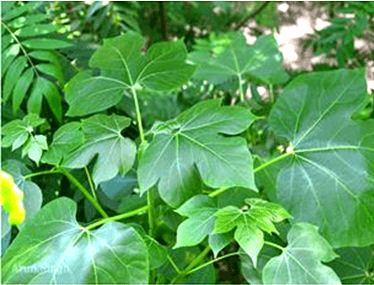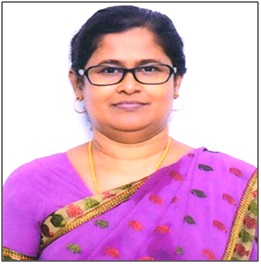WOUND HEALING ACTIVITY OF JATROPHA TANJORENSIS LEAVES
Keywords:
excision, incision wound, Jatropha tanjorensis, leaves, wound healingAbstract
Objective: The term “wound” is defined as a disruption of normal anatomical structure. Therefore, “healing” is the complex and dynamic process that results in the restoration of anatomical continuity and function.
Methods: Albino Wistar rats (150-180 g) of both sexes were selected. The experiment of Wound Healing Activity by Excision Wound Model and Incision Wound Model by the simple ointment B.P., reference standard drug (0.2% w/w nitrofurazone ointment), stigmasterol ointment (0.2% w/w), hexane, chloroform and methanol extract ointments of 3%, 4% and 5% w/w of leaves in Jatropha tanjorensis in simple ointment base (where 3g, 4g and 5 g of the extracts was incorporated in 100 g of simple ointment separately).
Results: The time for wound closure to methanol extract ointment (5% w/w) and stigmasterol (0.2% w/w) was similar to that of standard drug, nitrofurazone ointment (0.2% w/w) 16±2 days in Excision Wound Model. The significant tensile strength at 3%: 4%: 5% w/w methanol extract ointments (p<0.001), followed by chloroform extract and hexane extract. Stigmasterol ointment at 0.2% w/w produced tensile strength comparable with Standard drug, nitrofurazone ointment (0.2% w/w) (p<0.001) in Incision Wound Model.
Conclusion: Juice of the Jatropha plant and the pounded leaves are applied to wounds and refractory ulcers. The juice is very successfully used to treat scabies, eczema and ringworm. The present study proved that the leaves have wound healing activity.

Peer Review History:
Received 1 August 2018; Revised 16 September; Accepted 28 October, Available online 15 November 2018
Academic Editor: Dr. Nuray Arı , Ankara University, Turkiye, ari@ankara.edu.tr
, Ankara University, Turkiye, ari@ankara.edu.tr
Reviewer(s) detail:
Dr. Mohamed Said Fathy Al-Refaey , University of Sadat City, Menofia, Egypt, Mohamed.said@fop.usc.edu.eg
, University of Sadat City, Menofia, Egypt, Mohamed.said@fop.usc.edu.eg
Prof. Dr. Hüsniye Kayalar , Ege University, Turkey, husniyekayalar@gmail.com
, Ege University, Turkey, husniyekayalar@gmail.com
Downloads

Published
How to Cite
Issue
Section

This work is licensed under a Creative Commons Attribution-NonCommercial 4.0 International License.









 .
.